- Home
- Articles
- Architectural Portfolio
- Architectral Presentation
- Inspirational Stories
- Architecture News
- Visualization
- BIM Industry
- Facade Design
- Parametric Design
- Career
- Landscape Architecture
- Construction
- Artificial Intelligence
- Sketching
- Design Softwares
- Diagrams
- Writing
- Architectural Tips
- Sustainability
- Courses
- Concept
- Technology
- History & Heritage
- Future of Architecture
- Guides & How-To
- Art & Culture
- Projects
- Interior Design
- Competitions
- Jobs
- Store
- Tools
- More
- Home
- Articles
- Architectural Portfolio
- Architectral Presentation
- Inspirational Stories
- Architecture News
- Visualization
- BIM Industry
- Facade Design
- Parametric Design
- Career
- Landscape Architecture
- Construction
- Artificial Intelligence
- Sketching
- Design Softwares
- Diagrams
- Writing
- Architectural Tips
- Sustainability
- Courses
- Concept
- Technology
- History & Heritage
- Future of Architecture
- Guides & How-To
- Art & Culture
- Projects
- Interior Design
- Competitions
- Jobs
- Store
- Tools
- More
3D Printing in Architecture
Since the 1980s, 3D printing has been an industry, the process was created by engineers as an alternative to other industrial manufacturing methods like extrusion and casting. 3D printing has proven to be a successful, efficient method of producing particularly complex mechanical parts.

Since the 1980s, 3D printing has been an industry, the process was created by engineers as an alternative to other industrial manufacturing methods like extrusion and casting. 3D printing has proven to be a successful, efficient method of producing particularly complex mechanical parts.
In this article, we will talk about 3D printing, a technology frequently used in architecture as well as engineering.

Three-dimensional models and objects can be produced using 3D printing from digital files, sometimes referred to as additive manufacturing. The process is more formally known as additive manufacturing. Nobody has ever been able to go successfully from printing a showy art pavilion to printing a useful building in architecture. It’s still unclear whether the technology will add anything new to architectural history beyond decoration.
Advantageous of 3D Printing Architecture
Since the method doesn’t require a large staff and doesn’t waste any materials, it has the potential to make building homes more inexpensive. This crucial feature may make 3D printed houses more welcome in economically underdeveloped nations in the world.
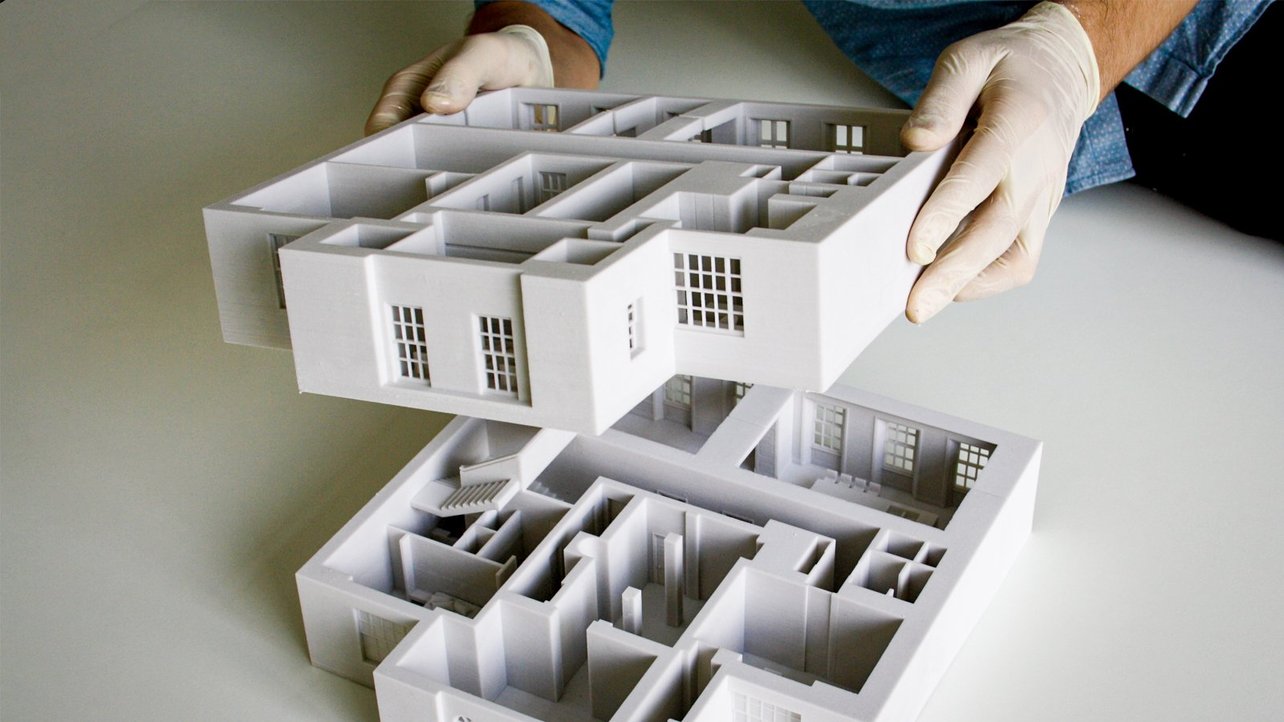
Governments in regions affected by natural catastrophes like earthquakes and tornadoes will find the technology useful because 3D printed dwellings may be constructed in a much less time than traditional house building techniques.
Additionally, NASA is presently investigating whether 3D printers may assist make the colonization of other planets more viable since one of the main difficulties has been transferring construction workers and building supplies.

NASA’s 3D Printed Habitats
3D Printing Building
The Dubai Future Foundation is housed in the 250 square meter office space that is the first practical 3D printed structure in the world. The massive three-dimensional printer that creates functional offices, furnishings, equipment, and structural components was put together in just 17 days by 18 installers and professionals. All of these components were implemented in a unique mixture made of fiber-reinforced plastic, gypsum-reinforced glass fiber, and reinforced concrete.

A full building must be built, which is difficult and expensive to do. However, using 3D printing, a structure made of sustainable materials may be constructed quickly and affordably. Although many people disregard this concept as merely a pipe dream, the San Francisco startup Apis Cor has demonstrated it is currently feasible.

Using a portable printer that operates in polar coordinates, the company 3D printed a house from the ground up. Human source was used to put in windows, electricity, and plumbing. However, it is creating more sophisticated printers that can construct horizontal walls, reinforced foundations, levels, and roofs.
3D Printing Models
The way many industries function has altered as a result of developments in 3D printing technology over the past 20 years, and the architectural industry is no different. One could easily argue that architecture firms benefit the most from the advantages 3D printing delivers in terms of speed, detail, cost, and efficiency.

3D printing has found a home at many stages in the property development lifecycle. The technology that enables them to build more accurate models more quickly and at a lower cost is also being quickly adopted by traditional model-making service providers.

Here are the steps you need to take to start creating your own architecture models, along with information on printers, software, and production techniques:
- Making your 3D model with computer-aided design software
- Getting ready for 3D printing with your model
- Feeding your model into the slicer software on your printer
- Printing out your design
- Enhancing your model by putting it together, smoothing its edges, painting, etc.
- 3D and 4D Printing
- 3D Architecture
- 3D Construction
- 3D Print Architecture
- 3D printed architectural models
- 3D printed building prototypes
- 3D Printed Buildings
- 3d printing architecture
- 3D printing for architects
- 3D printing for architectural firms
- 3D Printing in Construction
- advanced architectural 3D printing
- architecture design 3D printing
- custom architectural 3D printing
- innovative architecture 3D printing
- sustainable architecture 3D printing
Submit your architectural projects
Follow these steps for submission your project. Submission FormLatest Posts
Best 3D Scanners for Construction Site Digitization
3D scanning has become an essential tool for architects and construction professionals,...
Sustainable 3D Printing with Clay: Revolutionizing Architecture Construction Material
Discover how 3D printing is revolutionizing architecture by combining the timeless advantages...
The Future of 3D Printed Buildings: Innovations, Benefits, and Challenges
Imagine a world where constructing a house takes just a single day....
How 3D Printed Architecture is Revolutionizing Sustainable Urban Development
Imagine a world where homes rise from the ground in mere days,...



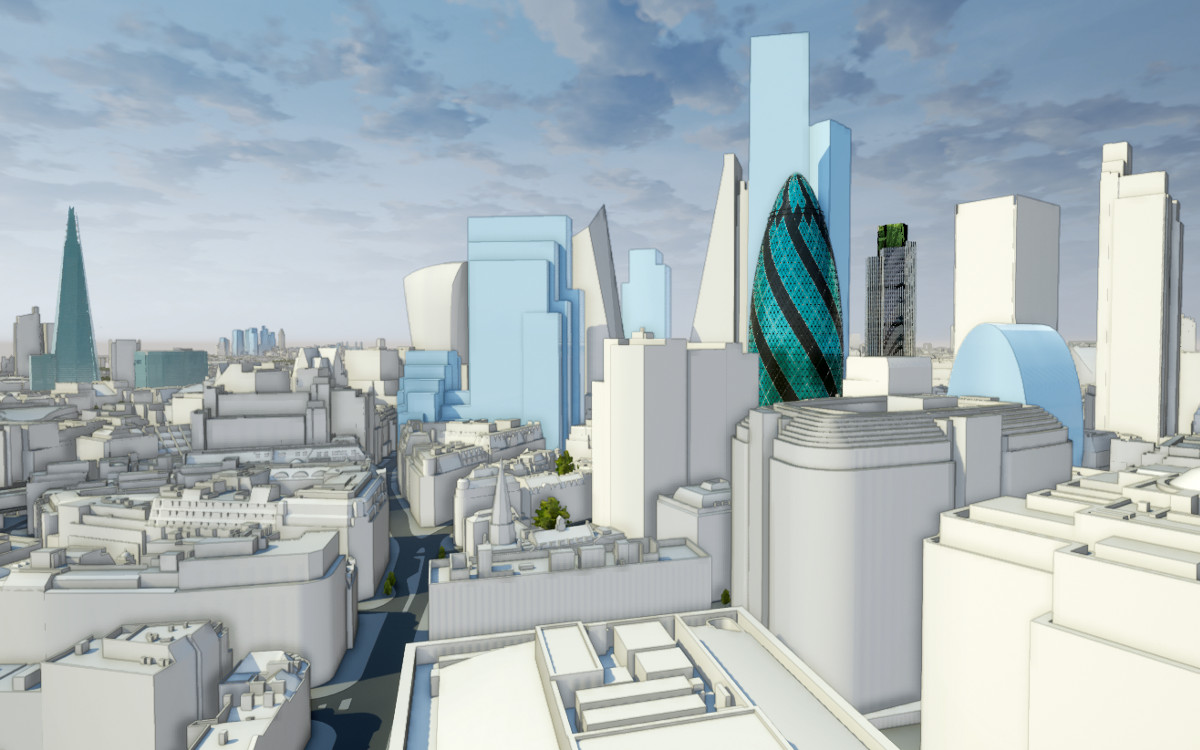
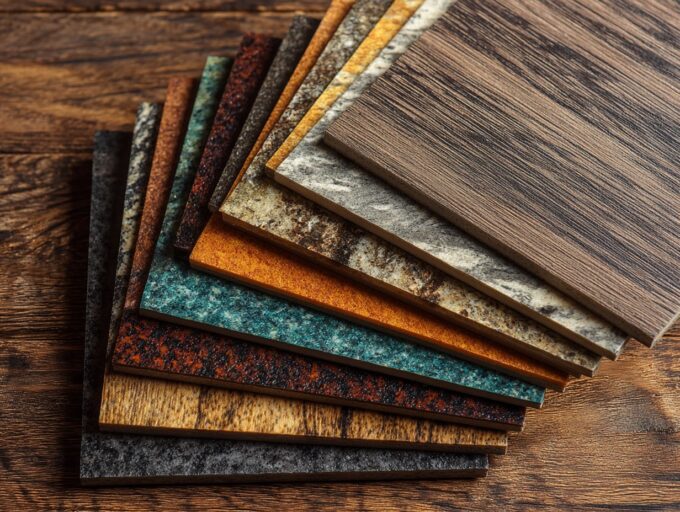

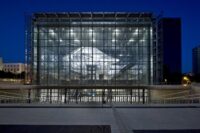


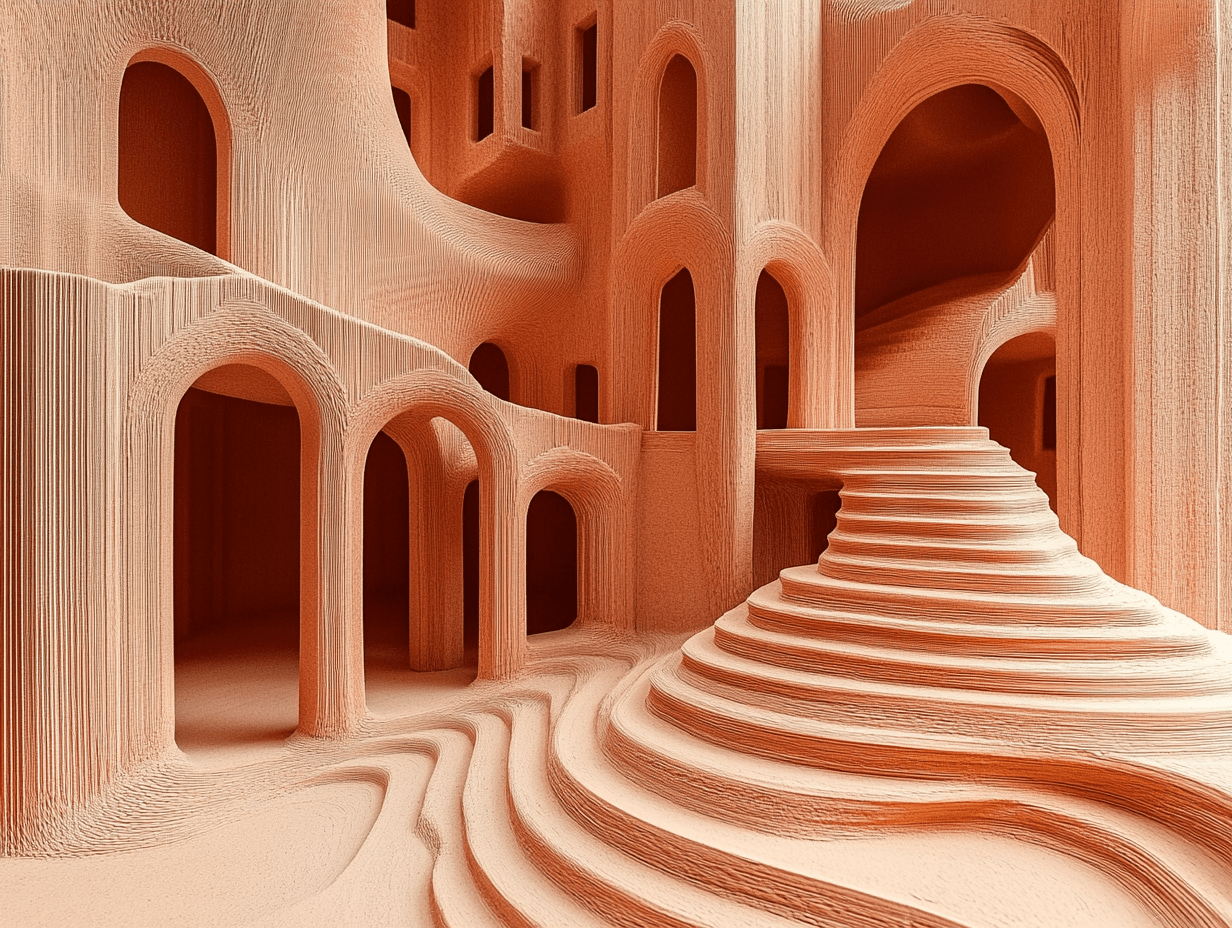
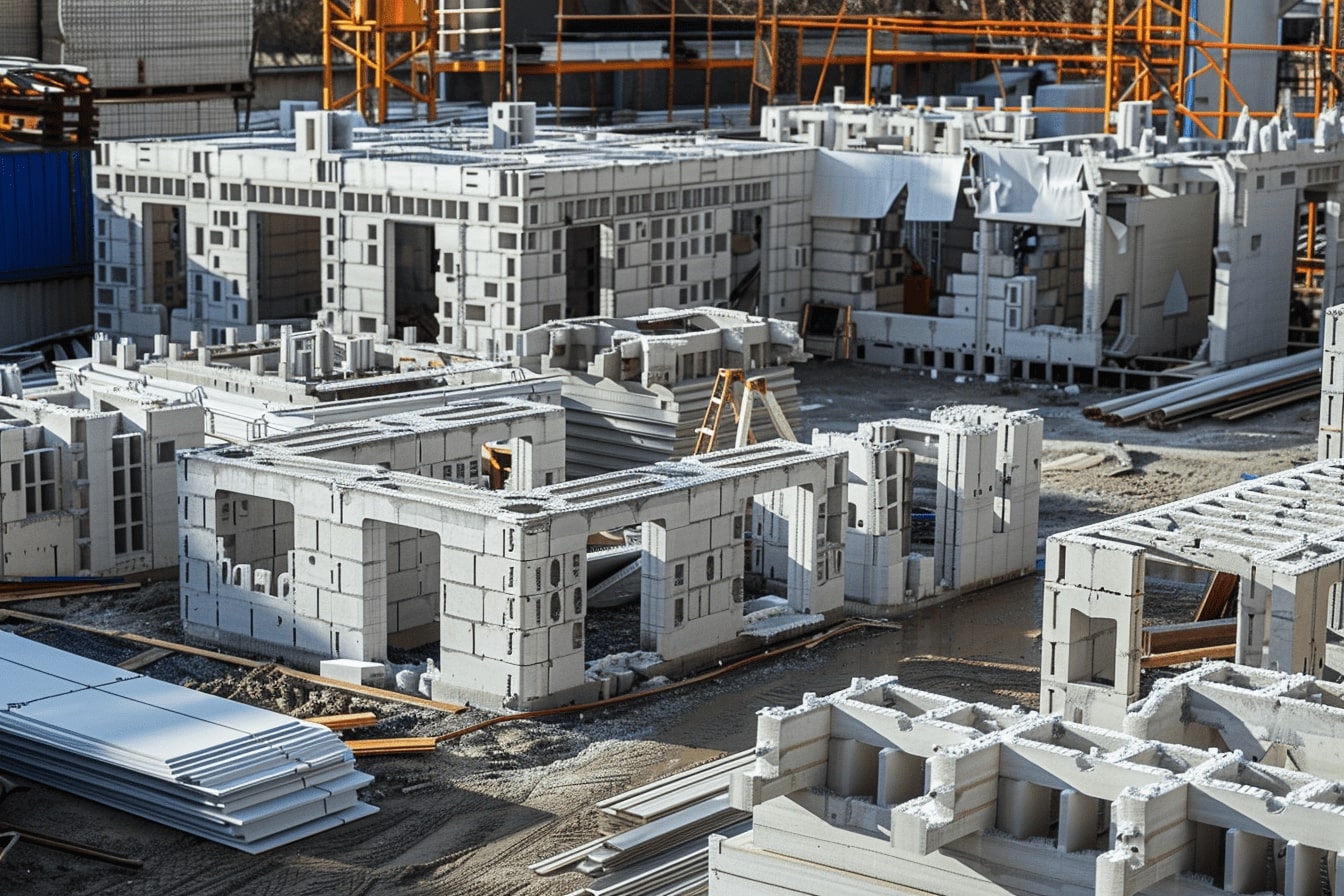

Leave a comment